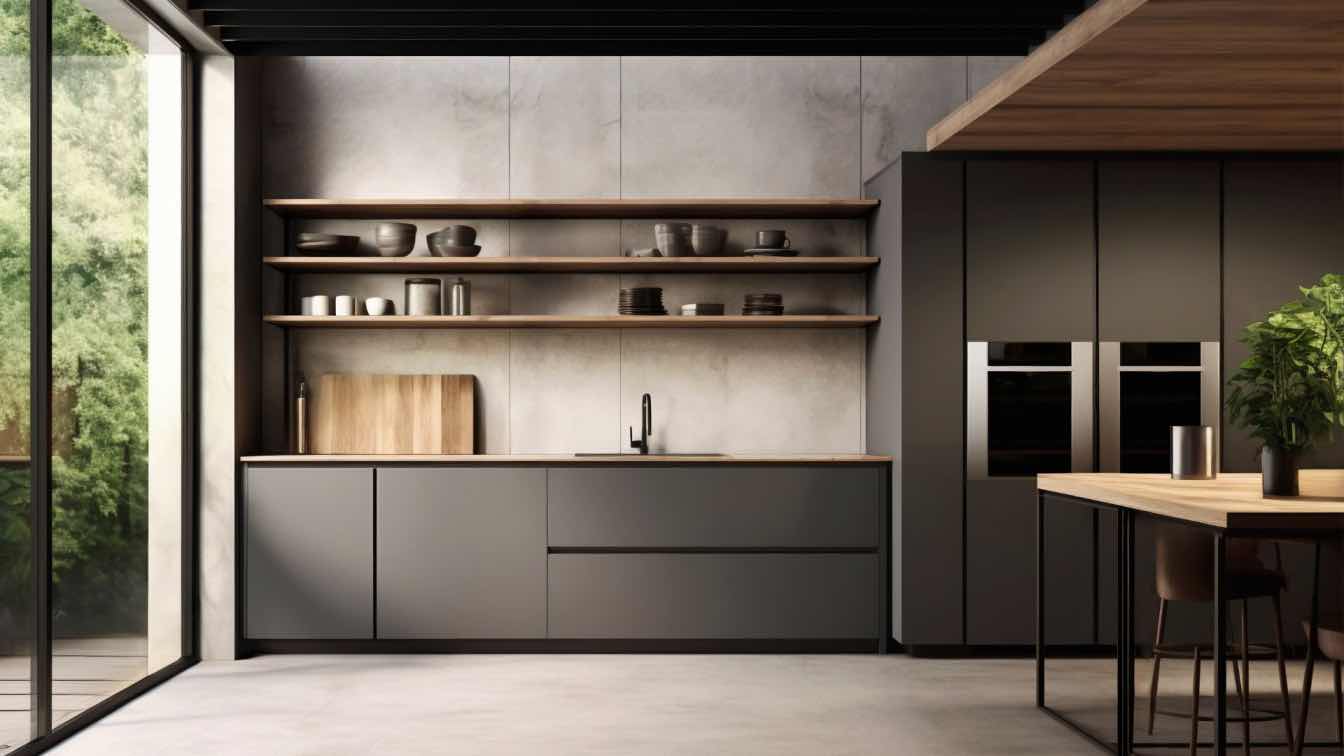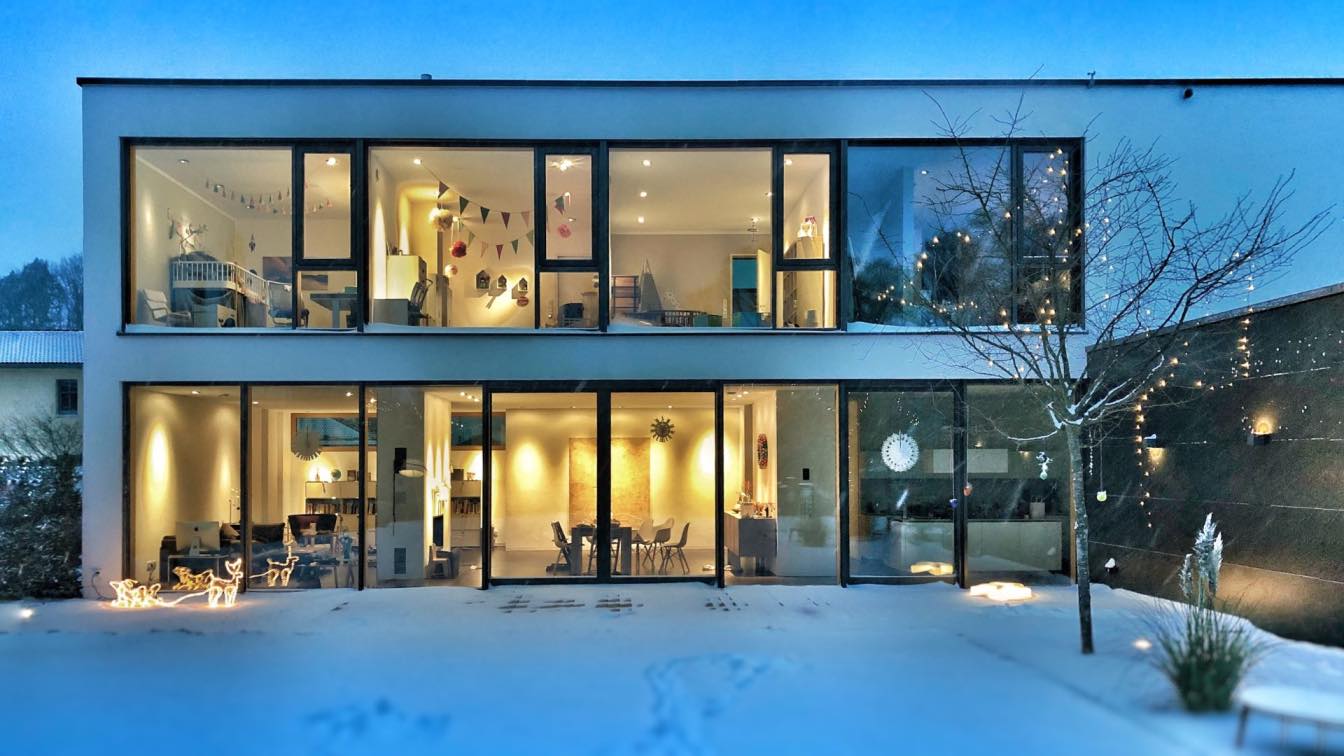It goes without saying that to make a soulful connect with nature’s sublimity, Kashmir in India, is the one paradise to head for. Perched on the northern tip of the country amidst the higher altitudes of the gigantic and majestic Himalayan ranges, she does complete justice to Jahangir- the fourth Moghul Emperor’s observation, “If there is a heaven on earth, it is here, it is here, it is here.”
 Gulmarg- Serene peace with the snow-clad ranges, pine trees, flowing green pastures (Photos: Spaul)
Gulmarg- Serene peace with the snow-clad ranges, pine trees, flowing green pastures (Photos: Spaul)
This captivating region of Jammu-Kashmir and Ladakh, now respectively two Union Territories’ of India, have a unique history of their own going back hundreds of years. The socio-cultural connotation here once fondly summarized as ‘Kashmiriyat’ evolved over centuries with a blend of beliefs and values of all communities- Hindus, Muslims, Sikhs and Christians. I presume nature’s purity and benevolence brought in a spontaneity during those days to appreciate humanism, tolerance and kinship. And so is the architectural inheritance of the region a peep into the people’s love for design sensitivity incubating a vernacular language of context, functionality and pleasing detail. There is so much captivating aura in the ecosystem here which made the recent trip to Kashmir one of the most absorbing, relaxing and treasurable ones. We were advised not to include Ladakh in the itinerary as that was an exotic experience to be savored separately.
 Shankaracharya Temple (Photo- Astrid D Erdita)
Shankaracharya Temple (Photo- Astrid D Erdita)
There is a serenity and an old-world charm in Srinagar city in the valley, which probably goes back to the sixth century. Located at an altitude of around 5200 feet, she is the summer capital of the union territory of Jammu and Kashmir.
 Nishat Gardens (Photos: Spaul)
Nishat Gardens (Photos: Spaul)
And a treasure-trove of architectural heritage of traditional houses, mosques, temples, well-planned Mughal gardens and a display-house of the unique arts and crafts of this region. The setting of the city is on both sides of the meandering river Jhelum, with I believe nine old bridges interlocking the two sides. Seven of them (all made in wood) were constructed between the fifteenth and eighteenth century. The earlier architectural buildings are in Islamic, Hindu, Buddhist and Colonial styles. Amongst the prominent structures that carry the traditional legacy and stand apart in the horizon for the tourist trail are the Shankaracharya Mandir, Hazratbal Mosque, Jama Masjid, Pari Mahal and few others. Over a period of time, some heritage buildings have been restored for institutional/educational purposes, like those in the Kashmir University Campus.
 The renovated Zero Bridge, Srinagar (Photo- Kashmir Life)
The renovated Zero Bridge, Srinagar (Photo- Kashmir Life)
A conversation with an engineering college faculty gave insights of construction of traditional houses and buildings. He commented,” Being in an earthquake prone region, the buildings were designed as a square or linear plan to make them symmetrical- which is one of the directives for earthquake resistant structures.” He further added, “The walls were made of timber trusses with infill of stones/bricks in a mix of mud/lime mortar and then often enclosed with a wire mesh to firmly hold the components together. It’s referred as Dhajji Dewari style. You would notice balconies on the facades in articulately carved wood and used for viewing the moon. And to add a warmth in the interiors, there were the wooden false ceilings panels with artwork often Persian. But of course, gradually modern systems of construction in cement, concrete, stone and brick have been adopted, yet attempting to retain the design flavours of the earlier days.” He also mentioned another style- the Tag

Cluster University, Srinagar, (Photo- Shiksha.com)
construction- wherein stone and bricks are mixed together with lime or mud mortar supported by load bearing columns at intervals. “Wooden floor beams tie-up with the walls to add to the strength. Such construction can bear several storeys.” A drive through the old city indeed gives glimpses to the well profiled vernacular elements.
 Houseboats in the Dal Lake (Photo- Isa Macouzet)
Houseboats in the Dal Lake (Photo- Isa Macouzet)
Everything said and done, the Dal lake indeed is the jewel of Srinagar. Said to be the second largest lake in Jammu and Kashmir, with a view of the distant snow-capped peaks on one side, and an encompassing boulevard of around sixteen kilometres, with the ever-refreshing views of the Shalimar and Nishat gardens, the lake has an ecosystem that propels visual splendour and yogic calmness. Of course, a stay in the famous tourist houseboats and the shikara rides not to be missed, the lake is also home to and sustains the local residents living in their houseboats with a complete floating market. There is extensive restoration work now being done to the boulevard making an evening stroll here a memorable treat. The houseboat architecture has evolved imaginatively with interiors relating to the culture, but talk about them is for another day.
 Freshwater rivers are a constant travel
Freshwater rivers are a constant travel
The drive to the and in the higher terrains of Kashmir Valley is an exhilarating experience. Whether it is going to Gulmarg, Sonmarg, Pahalgam- one keeps an enduring and constant link with the freshwater rivers, pine forests, the snow-capped ranges or then the mountain-fresh air. Being home to glaciers, lakes and rivers at extreme altitudes, this region is a haven for herbal plants for diverse purposes. As we gathered, the important rivers are the Jhelum, Chenab and Ravi with a number of other subsidiaries.
 A traditional Dhoka dwelling (Photo- Spaul)
A traditional Dhoka dwelling (Photo- Spaul)
Exhilarating is the drive from Gulmarg to the higher ranges of Nagin Valley dotted with huge glaciers. A ride to Butapathri reveals the hamlets and traditional Dhokas (mud houses) of the nomadic Bakerwals (shepherds) who graze their sheep in the valleys during summers and then shift to lower altitudes in winters. Nature at ten thousand feet above sea level here acts like a soothing balm to the urban stressed-out travellers. Yes, to be lovingly served wood-cooked food in these environs by the locals was no less an experience as that of a seven-starred restaurant! It was a pleasure conversing with them in Urdu- a language they spoke with grace, softness and regality. And for further extreme visual intoxication, take the Gondola cable ride which is the second highest and second longest in the world.

Apart from the natural craft of nature in the Kashmir Valley, the fine traditional art and craft of the age-old civilisation has globally made a mark. Weather it be the carpets, shawls, paper mache, wood carving, or then jewellery design - the skill and design can awe-strike you. Yes, a land with so many wonders has had some very troubled and chequered past. But hopefully the massive development and confidence building drive by the government should revive the beautiful concept of Kashmiriyat that once was the foundation of this very hard working, lively and rightfully proud society.

(Architect/author Suneet Paul based in Delhi and the former editor-in-chief of Architecture+Design, is recipient of two Lifetime achievement awards for writing and journalism, and also the Ukiyoto Author of the Year 2022.)





